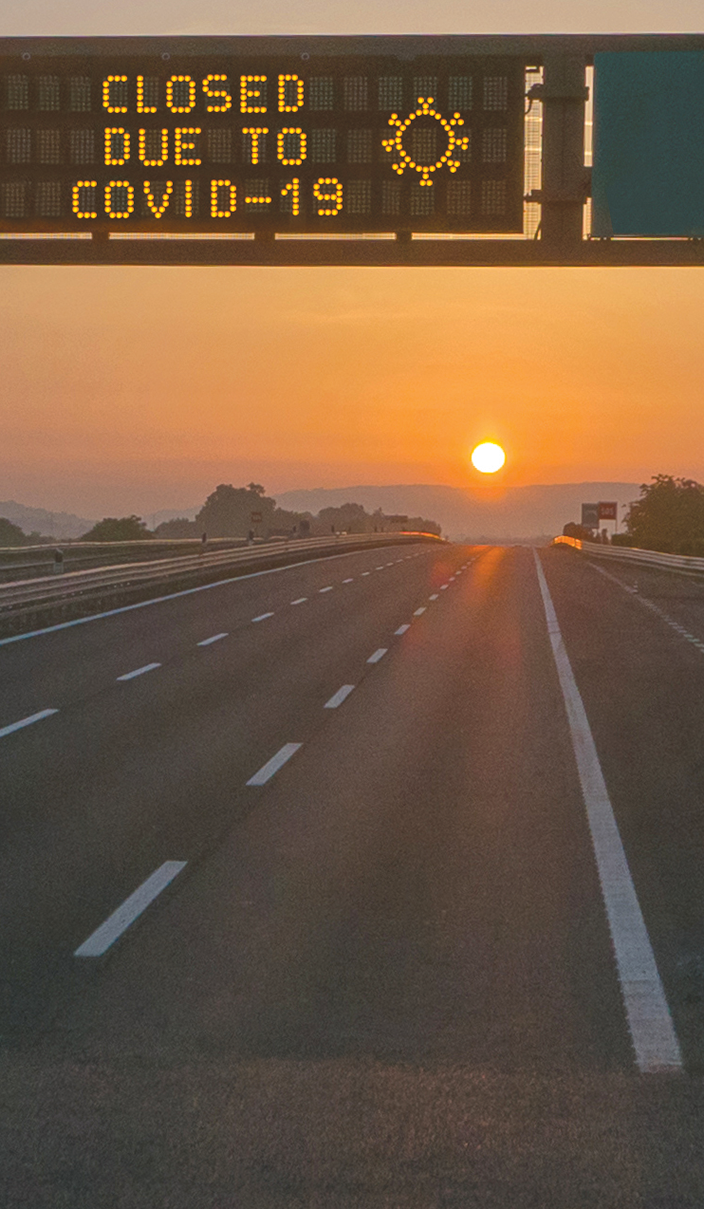
State border closures during COVID-19 are creating havoc that could’ve been avoided had plans been in place sooner. We take a close look at the school situation in Albury/Wodonga.
On 6 July, NSW Premier Gladys Berejiklian announced the closure of the NSW-Victoria border. With such a mammoth task, one might expect the state government had a model and a plan to move ahead with this decision. After all, it had had five months to develop such a model, knowing that this scenario was a probability rather than a possibility.
How far this was from the truth. The NSW government had only worked on a process from late June, with a permit system introduced to Albury (NSW)/Wodonga (Vic) residents; anyone outside this “border bubble” would be refused entry.
Students from Albury who attend school in Wodonga had already been cut off from school and friends when the Victorian state government closed all schools in the state.
Schools caught in crossfire
That was then. There have since been three other iterations to refine who can and cannot enter Albury (and other NSW border towns) within their bubble.
Then, on the evening of Tuesday 4 August, a spokesperson for the NSW Education Minister, Sarah Mitchell, said Victorian-based students and staff may be banned from attending schools in NSW.
The NSW government simultaneously used wedge politics to keep NSW schools open during the first lockdown (because nothing shows teachers how much they are respected than being treated as linchpins for the economy) while telling schools they were safe from COVID-19 because of the low transmission risk.
This announcement sent border towns into a state of greater confusion, frustration and outrage. There has been no consultation with stakeholders – that is, schools and teachers.
Turmoil for teachers
One mathematics specialist teacher, who lives just outside Albury’s border bubble has said their class will fall behind if the students are unable to participate in individually designed learning activities. A principal who lives in Wodonga wouldn’t be able to carry out her essential role at her school. Other teachers and students would be unable to attend school.
This, in turn, would lead to unacceptable workloads: to teach face-to-face and provide meaningful learning for students unable to attend school. Such a decision would have a substantial impact upon Trinity Anglican College and the Scots School, Albury. These schools have many students living south of the border.
So where does all this leave us? It leaves a frustrated community stuck in a safe Liberal seat with an inert local member. We are left with an unjustified and unworkable environment, full of growing anger at both the disconnect of a Sydney-centric government, and the refusal or inability to adapt to the complex needs of border communities.
In all of this, however, is the contradiction sold to schools: that students are both low-risk transmitters and asymptomatic super-spreaders.
There is no reason to single out Victorian-based students and staff and refuse them entry to NSW, for so few definite decisions to emerge from Sydney.
Schools are safe? “I can’t be any clearer than that,” the Prime Minister said in April.







































































































































